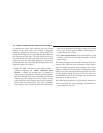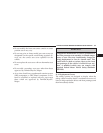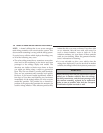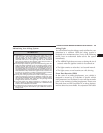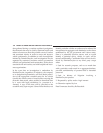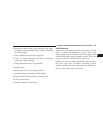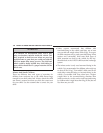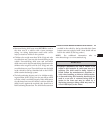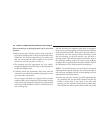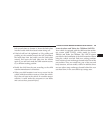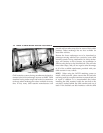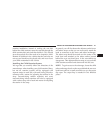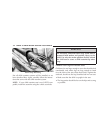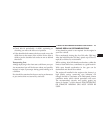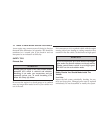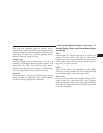
Here are some tips on getting the most out of your child
restraint:
•
Before buying any restraint system, make sure that it
has a label certifying that it meets all applicable Safety
Standards. We also recommend that you make sure
that you can install the child restraint in the vehicle
where you will use it, before you buy it.
•
The restraint must be appropriate for your child’s
weight and height. Check the label on the restraint for
weight and height limits.
•
Carefully follow the instructions that come with the
restraint. If you install the restraint improperly, it may
not work when you need it.
The passenger seat belts are equipped with seat belt
retractors that can be switched to an automatic locking
mode, which are designed to keep the lap portion tight
around the child restraint so that it is not necessary to
use a locking clip.
Pull the belt from the retractor until there is enough to
allow you to pass through the child restraint and slide the
latch plate into the buckle. Then pull on the belt until it is
all removed from the retractor. Allow the belt to return
into the retractor, as the belt retracts, you will hear a
clicking sound. This indicates that the seat belt is now in
the automatic locking mode. Pull on the excess webbing
to tighten the lap portion about the child restraint. Follow
the instructions of the child restraint manufacture.
NOTE: To reset this feature you must let all of the belt
webbing return into the retractor. You will not be able to
pull out more webbing until all of the webbing has been
returned back into the retractor.
•
In the rear seat, you may have trouble tightening the
lap/shoulder belt on the child restraint because the
buckle or latch plate is too close to the belt path
opening on the restraint. Disconnect the latch plate
from the buckle and twist the short buckle end of the
108 THINGS TO KNOW BEFORE STARTING YOUR VEHICLE



